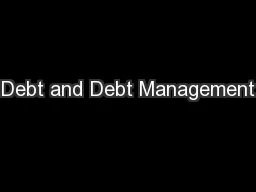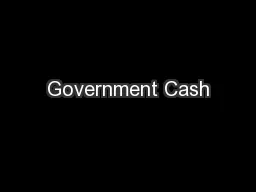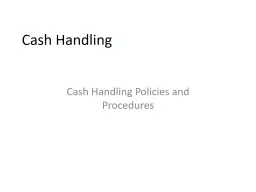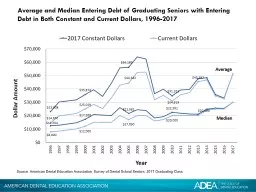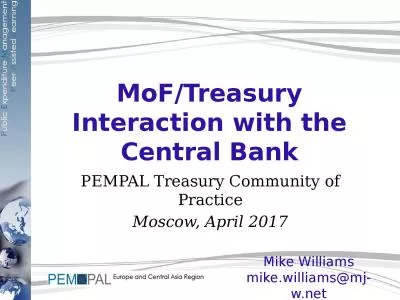PPT-Cash and Debt Management:
Author : pamella-moone | Published Date : 2018-11-01
Interaction and Coordination PEMPAL Treasury Community of Practice Chişinău October 2017 Mike Williams mikewilliamsmjwnet Todays Agenda The implications of
Presentation Embed Code
Download Presentation
Download Presentation The PPT/PDF document "Cash and Debt Management:" is the property of its rightful owner. Permission is granted to download and print the materials on this website for personal, non-commercial use only, and to display it on your personal computer provided you do not modify the materials and that you retain all copyright notices contained in the materials. By downloading content from our website, you accept the terms of this agreement.
Cash and Debt Management:: Transcript
Interaction and Coordination PEMPAL Treasury Community of Practice Chişinău October 2017 Mike Williams mikewilliamsmjwnet Todays Agenda The implications of active cash management for todays cash managers. For more about TICAS see ticasorg This report was researched and written by Matthew Reed and Debbie Cochrane Special thanks to the entire TICAS sta57374 virtually all of whom made important contributions We also thank the sta57374 of Aeronet Communi . . By Hema Moryani. Basics of Debt . They are contracts in which one party lends money to another at certain pre determined terms. Management . Framework and Associated . . Banking Arrangements. Sailendra . Pattanayak, . FAD. Overview of presentation. Definitions of Cash Management . Outline of a modern cash management . framework and its objectives. Conference on Alternative Solutions to the Debt Crisis. Brussels, Belgium March 7, 2014. LENDERS. Commercial Banks, International Financial Institutions, Buyers of . bonds, . Governments. Who make money from the interest on the loans – especially on non-concessional and only moderately concessional loans. IMF – FOTEGAL Workshop. Washington DC. 17 February 2017. John Gardner – Consultant. What is Meant by ‘Surplus Cash’?. Surplus cash can be generated through. Structural surpluses relating to the budget/fiscal policy. UNCTAD, World Bank and IMF Workshop. Geneva, February 06-10 . 2017. Step 1. Objective. Identify main objectives for public debt management and define the scope of the MTDS. Outcome. Description of the overall objectives for public debt management. 20 Years of Organizational Transformations. Xavier Rame. Fiscal Affairs Department. 6th Annual Seminar. International Association of Treasury Services. “State Accounting Reform and Cash Management”. February 2017. Attract Gen X/Y clients using debt management. Technology plays a bigger and bigger role for Gen X/Y consumers. Many Gen X/Y consumers’ biggest immediate financial challenge is managing personal debt. Cash Handling Cash Handling Policies and Procedures Cash Currency , coin, checks, money orders, travelers checks, credit cards, or debit cards. Cash Collection Centers Notify Controller if your department begins handling cash. Departments should not accept payments by currency without prior approval of the Controller’s Office. eCarsCash
3820 Nostrand Ave, #107B
Brooklyn, NY 11235
+1 718-393-5597 Source: American Dental Education Association, Survey of Dental School Seniors, 2017 Graduating Class. Average. Median. PEMPAL Treasury Community of Practice. Moscow, April 2017. Mike Williams. mike.williams@mj-w.net. Central Banks and Treasuries: an International Perspective. Different . policy objectives and operational requirements. 24. th. October 2018. SEMO are responsible for the settlement of the Balancing Market (which includes constraints ) and the Capacity Market. This is a much reduced market in terms of the value of financial transactions than in SEM. M. Coskun Cangoz. Consultant, Former WB Manager. Leandro Secunho. WB Senior Debt Specialist. February 11. th. , 2021. AGENDA. Background (workshop). Cash Flow Forecasting. Governance and Institutional Framework.
Download Document
Here is the link to download the presentation.
"Cash and Debt Management:"The content belongs to its owner. You may download and print it for personal use, without modification, and keep all copyright notices. By downloading, you agree to these terms.
Related Documents


